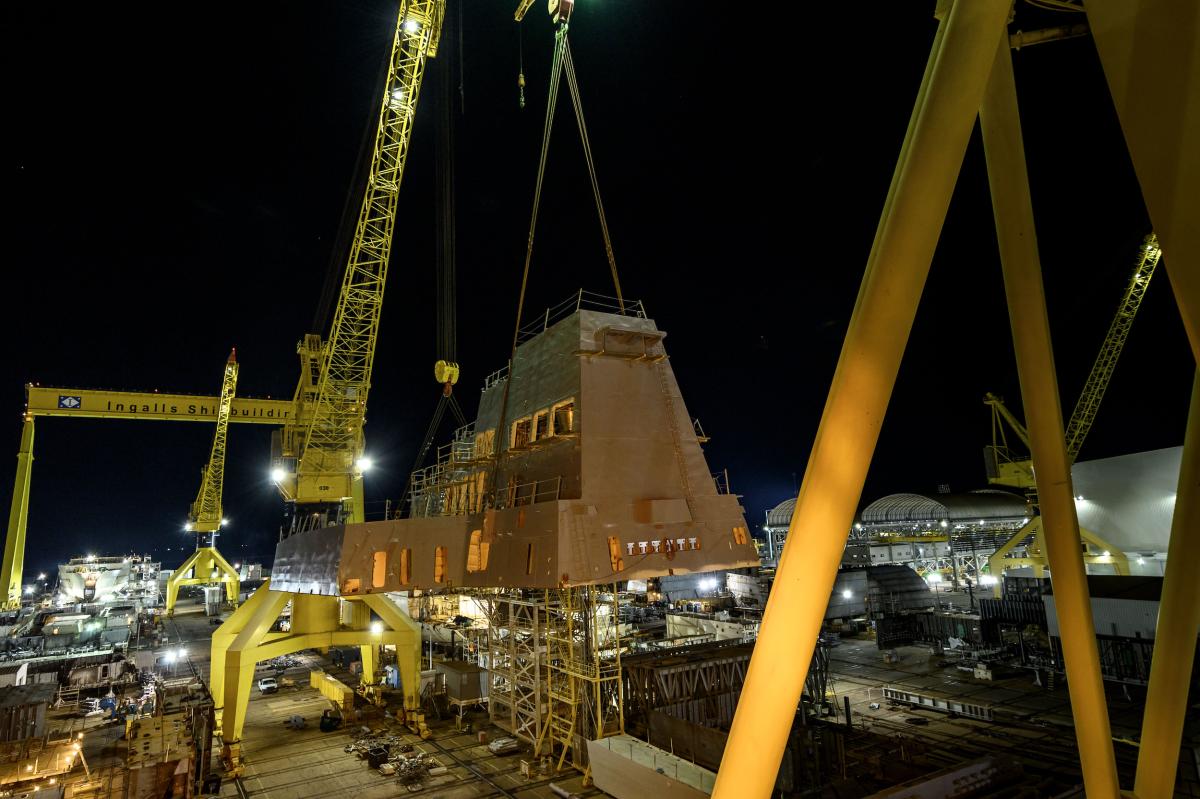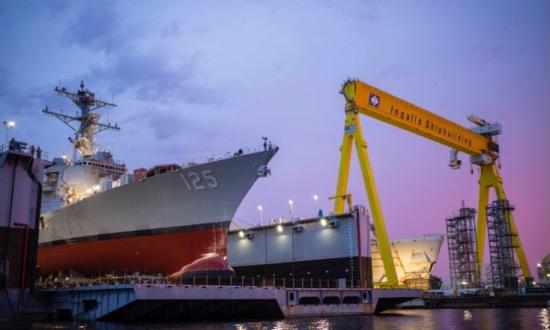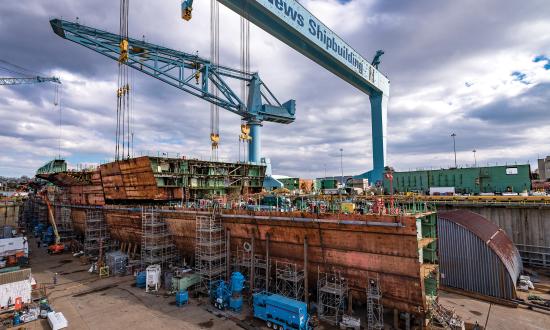Every year, the Chief of Naval Operations submits the Report to Congress on the Annual Long–Range Plan for Construction of Naval Vessels, commonly referred to as the “Thirty-Year Ship Building Plan.” The “Plan” is submitted per Section 231 of Title 10, United States Code, and contains the CNO’s detailed plans for ship construction within the Future Years Defense Program (FYDP) and the “outyears” beyond the FYDP. In addition, it contains the certified expected service life (ESL) of vessels in the battle force and those ships to be inactivated or decommissioned during the FYDP. For Congress, private industry, and U.S. adversaries, this document contains the best estimate of what ships will be required to meet emerging threats for the next 30 years.
Having been on the ground floor of developing the plan, I can assure it is by no means an easy task. The Navy Staff (OpNav) Shipbuilding and Conversion (SCN) Manager has one of the most difficult jobs in the Pentagon. He or she attempts to meet the requirements of the OpNav resource sponsors while at the same time complying with often conflicting guidance from both the Office of the Secretary of Defense and the Secretary of the Navy. Once the plan is delivered to Capitol Hill, it undergoes intense scrutiny by the Government Accountability Office, the Congressional Research Service, and elected representatives and their staffs who have “skin the game.” After all, ships equate to both jobs and a major steady revenue stream for their constituents.
Shipbuilding is a complex process. Ships take years to build and the external environment that determines their mission may change. The Zumwalt-class destroyer (DDG-1000) is a prime example. In addition, emerging technologies such as the LCS mission module concept failed to live up expectations and many ships of that class will depart the fleet well prior to the end of their respective ESL. Shipbuilding by its nature is an inherently risky business. With extremely limited resources and the requirement to maintain a stable industrial base, errors—while unintentional—are not only costly, but can have major effects on warfighters if not done right the first time.
Congress Can Do Better
In supporting the development of the plan for more than ten years, I found it disconcerting that guidance was rarely provided at the beginning of the planning cycle. Although Congress was quick to criticize and push back once the plan was delivered, there was rarely any specific direction provide to the Department of the Navy throughout the year as the plan was being developed. Rather than going through the yearly “rock drill” to ensure unity of effort in the planning process, Congress (the authorizers, appropriators, and respective sea power oversight committees) should provide guidance to the Navy early in the process.
At a minimum, Congress should provide the Navy with the anticipated levels of Shipbuilding Conversion Navy (SCN) funding for each subsequent FYDP or longer if feasible. This five-year funding projection will at least enable Navy to procure ships more efficiently knowing what level of resources are anticipated for new construction starts and perhaps facilitate block buys of ships. The current year-to-year guessing game has proven both ineffective and inefficient. Once this projected baseline is established, all shipbuilding stakeholders—civilian industry, DoD, and the Navy—will at least understand what can be accomplished with available SCN resources.
As a graduate of the U.S. Army War College, I learned about commander’s intent, a concept defined as the “clear and concise expression of the operation’s purpose and the desired military end state that supports mission command, provides focus to the staff, and helps subordinate and supporting commanders act to achieve the commander’s desired results without further orders.” It is employed heavily even at the theater level of war, much like on a smaller scale a Navy commanding officer’s night orders guide the actions of bridge watch standers. As with any large-scale project, especially one spanning 30 years, constant and detailed communication from the top and feedback from below is key. Lacking that feedback only increases angst and wasted effort among all parties.
Periodic commander’s intent from Congress in terms of projected FYDP funding to the Navy will provide the much-needed direction and set expectations for a plan that determines the composition of the Navy well beyond the typical planning horizon. Likewise, if the Navy anticipates difficulty in executing its long-range shipbuilding plan, such a class not being able to remain in commission for the duration of the ESL, the Department of the Navy owes Congress a detailed plan of how to get back on track. A clearer Congressional intent and better communication between the Navy and Congress will pay dividends for both the Navy and the nation.






